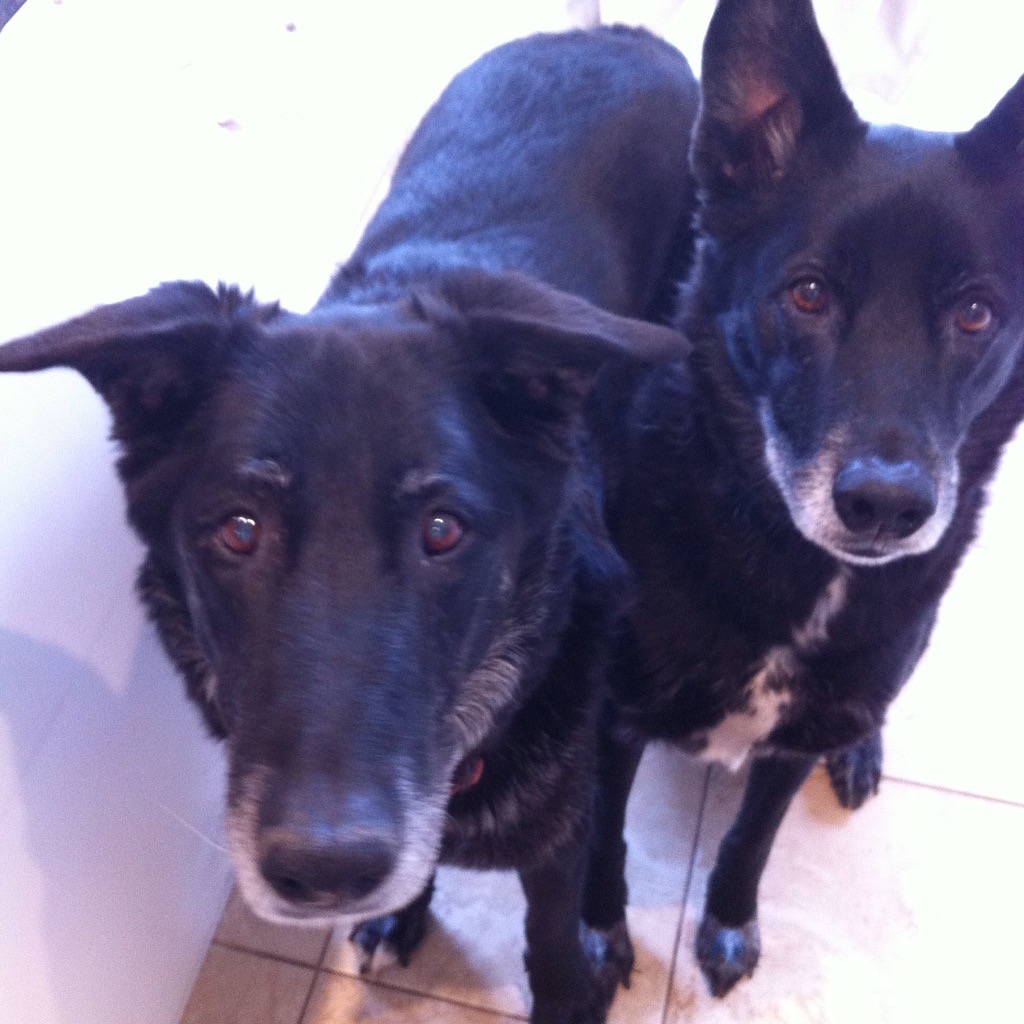I’ve been walking my neighbour’s two dogs at lunchtime, to cover while his daughter is away. Logan and Norman are relatively big black dogs, like my guy was, and they were good pals with him. So while I’m helping my neighbour out, I’m also getting a little “dose of dog” to ease the pain of losing Jake.
Like people, dogs have unique personalities and ways of communicating.
At one time, I had to consult the experts to find out why my sweet Lab (the dog who was Known to the Police) was sometimes aggressive. Ever the reader, one of the places I turned was a book about communicating with dogs and the signals you give them — not always intentionally. The book is The Other End of the Leash – Why We Do What We Do Around Dogs by Patricia B. McConnell.
The author talks about how what seems to be doggy disobedience is simply a case of miscommunication. Oddly enough, communicating with people may be just as apt to go wrong, even when you speak the same language. With dogs and with people, we can be caught in situations where our words are taken the wrong way.
The advice in the book inspired these seven tips that can improve communications with both pets and people:
- Don’t expect others to read your mind.
- Be clear about what you want the other (whether person or pet) to do.
- Be calm and respectful. Bullying and dominating others may prove you are the alpha dog, but it will damage your relationship in the long run.
- If you’re in charge, take charge; being vague or indecisive confuses both people and pets.
- Be consistent.
- Match your body language to what you say. Humans and animals are both excellent at sniffing out conflict or insincerity.
- (Nearly) everybody, furry or not, loves cookies.
Have pets taught you anything that can be applied to people?
Related reading:
More things we can learn from dogs, like “never pass up the chance to go for a ride”
A variation of this post appeared in an issue of my newsletter, Wordnerdery, where you can read more about the Dog who was Known to Police.
